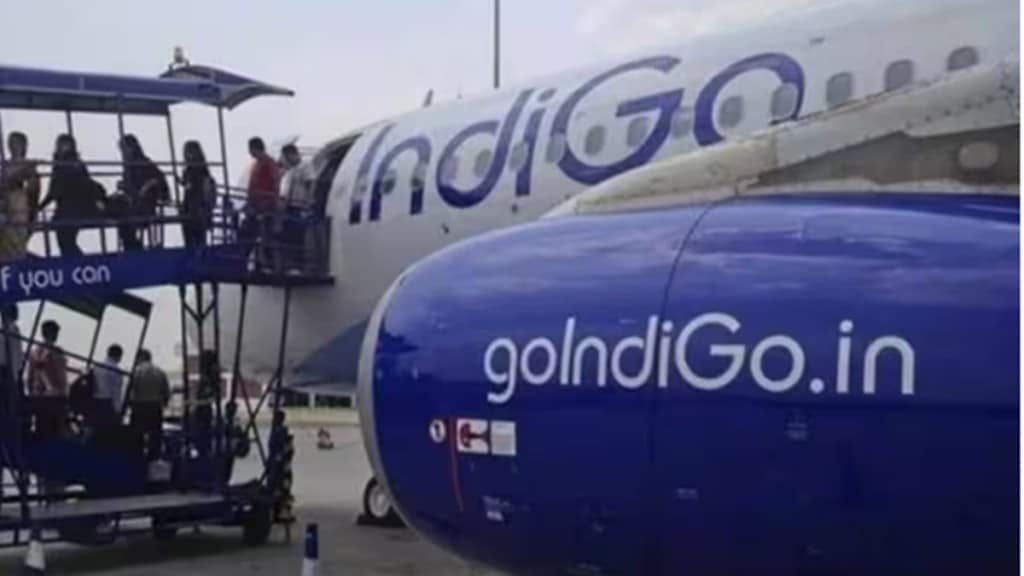India’s largest airline IndiGo announced a price hike of up to Rs 1,000 from October 6 to offset the sharp rise in jet fuel prices. It has become the first from its pack to announce the hike while its peers including Air India are yet to follow suit.
Since July 1, there has been a 30% increase in prices of aviation turbine fuel (ATF). From Rs 90,857/kl, cost of ATF has jumped to Rs 118,199/kl as of October 1, according to data supplied by Indian Oil.
“The decision follows the significant increase in ATF prices, which have surged in the last three months with consecutive price hikes every month,” IndiGo said in a statement. With the exception of SpiceJet, airlines including Vistara, Air India Express and Akasa Air have not indicated any price hike as yet though the cost matrix for all is largely similar.
Mumbai-based Akasa Air has instead announced a discount scheme wherein a 10% discount is offered on 16 destinations. Air India, which has rolled out special fares to the US starting at Rs 43,000 one way and Rs 53,000 for return, has fares comparable to some low-cost carriers (LCC) in the domestic market despite being a full-service carrier.
Premier routes like Delhi-Mumbai is less than 1200 km while Delhi-Kolkata is 1300 km. Both fall within the 1500km bracket which translates to a fuel charge of Rs 550 announced by IndiGo. Both Bengaluru and Chennai from Delhi are under 2000km which means the fuel charge hike is Rs 650.
IndiGo has a market share of nearly 60% by the end of September, indicative of the price power the company enjoys. These hikes are around 10% of the cost of typical fares on these routes which market watchers believe is not enough to deter flyers.
Kapil Kaul, CEO and Director, CAPA India said, “There has been a dramatic increase in the propensity to pay. The nature of competition between LCC and FSCs and competition in LCCs among themselves impacts unit economics and pricing power.”
According to aviation consultancy firm CAPA India, full-service carriers (FSC) have been generally unable to achieve a sustainable premium in pricing to cover the cost differential due to lack of pricing power and the commoditization of travel.
Indian FSCs have 40% higher cost structure than LCCs. Average FSC blended fares are about 20% higher but the differential in the economy class is marginal, noted CAPA India. For instance, the price of a Delhi-Mumbai non-stop flight leaving at the same time for an economy class seat is Rs 5,015 for Akasa Air (an LCC) whereas it is Rs 4,784 for Air India.
Jinesh Joshi, research analyst, Prabhudas Lilladher said, “This is a reactive measure by IndiGo to tackle one of the critical input costs rising abnormally. Prima facie it does not appear that the hike will impact demand because we have the cricket world cup, there is also the festive season and travel is centred around the December quarter.”
ATF accounts for around 40% of the cost matrix of an airline and is the single largest component, often responsible for influencing airfares. The hikes come at a time when around 100 aircraft remain grounded for want of service, a majority of which belong to IndiGo and grounded airline Go First.

